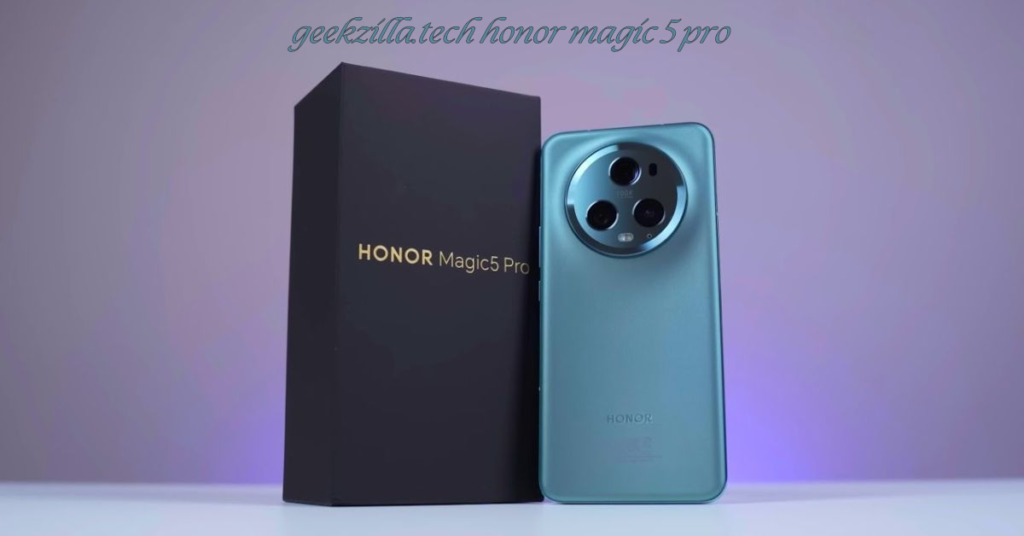VT1000 Pitting: Understanding Causes Prevention and Solutions

The VT1000 is a widely recognized piece of industrial equipment, often used in high-performance applications. However, like many other machines, the VT1000 can be subject to wear and tear over time, leading to issues such as pitting. Pitting, a form of surface deterioration, can have significant impacts on the performance and lifespan of the VT1000. In this article, we’ll explore the phenomenon of VT1000 pitting, its causes, consequences, preventive measures, and potential solutions.
What is Pitting?
Pitting is a form of localized surface wear that results in the creation of small holes or depressions on the material’s surface. These pits can lead to larger issues if left unchecked, as they can deepen and cause stress concentrations that compromise the integrity of the machine or component.
Pitting often occurs due to corrosion, mechanical fatigue, or a combination of both. In industrial applications like the VT1000, pitting can result from continuous exposure to aggressive environments, high loads, or poor lubrication. This type of damage can significantly affect the efficiency and durability of the machine, making it a crucial issue to address.
Understanding VT1000 Pitting
1. Pitting in Industrial Equipment
The VT1000, like many industrial machines, is susceptible to various types of wear. Pitting can develop on any surface that is subjected to repeated stress or environmental degradation, especially in high-pressure or high-velocity conditions. For the VT1000, components such as gears, bearings, and hydraulic systems are particularly prone to pitting, where even minor surface damage can lead to a cascade of performance issues.
2. Causes of Pitting in the VT1000
Several factors contribute to pitting in machines like the VT1000. Understanding these causes can help prevent pitting and extend the lifespan of the equipment.
- Corrosion: The VT1000 may operate in environments where it is exposed to moisture, chemicals, or other corrosive substances. These conditions accelerate the breakdown of protective surface coatings, allowing corrosion to attack the metal surface.
- Mechanical Stress: The VT1000 handles large amounts of mechanical stress, especially in industrial applications. Over time, these repeated stress cycles can cause microscopic fractures on the surface, leading to pitting.
- Improper Lubrication: A lack of proper lubrication is a key cause of pitting. Lubrication helps reduce friction between moving parts. Without sufficient lubrication, the metal surfaces of the VT1000 rub against each other, causing wear and, eventually, pitting.
- Contaminants: Dirt, dust, and other contaminants that get into the machine’s system can cause damage to its internal parts. Contaminants can create an abrasive environment, which increases the chances of pitting in the VT1000.
- Poor Maintenance Practices: Failure to perform regular inspections and maintenance can lead to the development of pitting. Neglecting the wear and tear on parts of the VT1000 accelerates surface deterioration.
Types of Pitting in the VT1000
Pitting can manifest in various forms, depending on the underlying causes. Below are some common types of pitting that can occur in the VT1000:
1. Corrosion Pitting
Corrosion pitting occurs when a protective layer on the surface of the VT1000 is broken down by chemical or environmental agents. This type of pitting can happen gradually and may go unnoticed until significant damage has occurred.
2. Fatigue Pitting
This type of pitting is due to repeated stress cycles that weaken the surface material of the VT1000. Over time, cracks begin to form, leading to pits as the material wears down. Fatigue pitting can be common in high-load or high-speed applications.
3. Abrasive Pitting
Abrasive pitting is caused by the presence of contaminants such as dirt or metallic particles in the system. These foreign materials act as abrasives, wearing away the metal surface of the VT1000 and leading to pitting.
Signs and Symptoms of Pitting in the VT1000
Detecting pitting in its early stages can help prevent more serious damage to the VT1000. Here are some signs and symptoms that may indicate pitting is occurring:
- Unusual Noises: If you start hearing unusual grinding or rattling sounds from the VT1000, it may indicate that parts are suffering from surface wear caused by pitting.
- Reduced Efficiency: Pitting can lead to reduced performance in the VT1000, as worn parts do not function as smoothly or efficiently as they should.
- Increased Friction: Pitting increases the roughness of a surface, which in turn increases friction between moving parts. This added friction can cause more heat and wear on the machine.
- Vibration: Excessive vibration is another common indicator of pitting. The pits cause an imbalance in the machine’s rotating parts, leading to vibration during operation.
Consequences of Ignoring Pitting in the VT1000
While pitting might seem like a minor surface issue at first, it can have severe consequences if left unchecked. Here’s what could happen if pitting is ignored in the VT1000:
1. Decreased Lifespan of Components
Pitting compromises the structural integrity of machine components, leading to faster wear and eventual failure. If not addressed promptly, the VT1000’s gears, bearings, or other parts could fail prematurely.
2. Costly Repairs and Downtime
If pitting leads to a major breakdown, repairing the VT1000 can be costly. Additionally, machine downtime can significantly impact productivity, leading to delays and revenue loss in industrial settings.
3. Energy Inefficiency
As pitted surfaces generate more friction, the VT1000 requires more energy to function. This inefficiency can lead to increased energy consumption, higher operational costs, and potential overheating.
4. Safety Hazards
In severe cases, pitting can lead to catastrophic failure, which can cause accidents or injuries, especially in industrial environments. A component failure due to pitting can pose serious risks to both operators and nearby equipment.
Preventing VT1000 Pitting
Preventive maintenance is key to avoiding pitting in the VT1000. Below are some essential steps that can help prevent this issue from occurring:
1. Regular Inspections
Frequent visual inspections are crucial for identifying early signs of pitting. Catching pitting early allows for prompt action, such as replacing worn components or reapplying protective coatings.
2. Proper Lubrication
Ensuring that the VT1000 is adequately lubricated can significantly reduce the risk of pitting. The correct type and amount of lubricant will minimize friction and wear on the machine’s moving parts.
3. Control Contaminants
Keeping the machine’s environment as clean as possible helps prevent contaminants from entering the system. Using high-quality filters and sealing can minimize the presence of abrasive particles.
4. Corrosion Prevention
Applying corrosion-resistant coatings or using corrosion inhibitors in environments where the VT1000 is exposed to harsh chemicals can help protect the machine’s surface. Stainless steel or other corrosion-resistant materials can also be used for critical components.
5. Balanced Loads and Proper Use
Avoiding overloading the VT1000 and ensuring it is used within its operational limits helps prevent excessive mechanical stress, which can lead to pitting. Proper training of machine operators can ensure that the equipment is not overstressed.
Solutions for VT1000 Pitting
Even with preventive measures, pitting can still occur due to unavoidable factors such as environmental conditions or wear over time. If pitting is detected, several solutions can address the issue:
1. Surface Repairs
In some cases, pitting can be addressed by repairing the affected surface. Techniques such as grinding, polishing, or resurfacing can remove pits and restore the surface integrity of the VT1000’s components.
2. Component Replacement
If the pitting is severe, it may be necessary to replace the damaged component altogether. While this can be more expensive, it’s a long-term solution that ensures the VT1000 continues to operate effectively.
3. Re-Lubrication
If the pitting is due to poor lubrication, a thorough re-lubrication of the machine may help resolve the issue. Using higher-quality lubricants or more frequent lubrication schedules can prevent future pitting.
4. Protective Coatings
Applying a protective coating to the surface of the VT1000 can help prevent further pitting. These coatings act as a barrier between the environment and the machine’s metal surfaces, reducing the chances of corrosion and wear.
Conclusion
VT1000 pitting is a common issue in industrial environments, but it’s one that can be managed with proper care and maintenance. Regular inspections, appropriate lubrication, and preventive measures are key to avoiding the costly consequences of pitting. By addressing pitting early and implementing solutions like surface repair, component replacement, and protective coatings, you can ensure that the VT1000 continues to perform optimally and maintain its longevity.
Preventing and managing VT1000 not only saves on repair costs but also improves the safety, efficiency, and reliability of the machine. As with all machinery, attention to detail and proactive care can make all the difference in its performance and lifespan.







